�
Autonomous Horizons
The Way Forward
A vision for Air Force senior leaders of the potential for autonomous
systems, and a general framework for the science and technology
community to advance the state of the art
Chief Scientist of the United States Air Force 2015–2018
Dr. Greg L. Zacharias
The second volume in a series introduced by:
Autonomous Horizons: Autonomy in the Air Force – A Path to the Future,
Volume 1: Human Autonomy Teaming (AF/ST TR 15-01)
March 2019
Curtis E. LeMay Center for Doctrine Development and Education
Air University Press
Maxwell AFB, Alabama
Library of Congress Cataloging-in-Publication Data
Names: Zacharias, Greg, author. | Air University (U.S.). Press, publisher.
| United States. Department of Defense. United States Air Force.
Title: Autonomous horizons : the way forward / by Dr. Greg L. Zacha-
rias. Description: First edition. | Maxwell Air Force Base, AL : AU
Press, 2019. “Chief Scientist for the United States Air Force.” |
“January 2019.” |Includes bibliographical references.
Identifiers: LCCN 2018061682 | ISBN 9781585662876
Subjects: LCSH: Aeronautics, Military—Research—United States. |
United States. Air Force—Automation. | Artificial intelligence—
Military applications—United States. | Intelligent control systems.
| Autonomic computing—United States.
Classification: LCC UG643 .Z33 2019 | DDC 358.407—dc23 |
SUDOC D 301.26/6: AU 8/2
LC record available at https://lccn.loc.gov/2018061682
Published by Air University Press in March 2019
Disclaimer
Autonomous Horizons: The Way Forward is a product of the Office
of the US Air Force Chief Scientist (AF/ST). Opinions, conclu-
sions, and recommendations expressed or implied within are solely
those of the author and do not necessarily represent the views of
Air University, the United States Air Force, the Department of
Defense, or any other US government agency. Cleared for public
release, distribution unlimited.
Chief of Staff, US Air Force
Gen David L. Goldfein
Commander, Air Education and Training
Command
Lt Gen Steven L. Kwast
Commander and President, Air University
Lt Gen Anthony J. Cotton
Commander, Curtis E. LeMay Center for
Doctrine Development and Education
Maj Gen Michael D. Rothstein
Director, Air University Press
Lt Col Darin M. Gregg
Project Editor
Donna Budjenska
Cover and Book Design and Illustrations
Daniel Armstrong
Composition and Prepress Production
Nedra Looney
Print Preparation and Distribution
Diane Clark
MSgt Ericka Gilliam
Air University Press
600 Chennault Circle, Bldg 1405
Maxwell AFB, AL 36112-6026
http://www.airuniversity.af.edu/
AUPress/
Facebook:
https://www.facebook.com/
AirUnivPress
and
Twitter: https://twitter.com/aupress
Air University Press
�
1
2
3
4
Contents
List of Illustrations . . . . . . . . . . . . . . . . . . . . . . . . . . . . . . . .
List of Tables . . . . . . . . . . . . . . . . . . . . . . . . . . . . . . . . . . . . .
List of Abbreviations and Acronyms . . . . . . . . . . . . . . . . .
Foreword . . . . . . . . . . . . . . . . . . . . . . . . . . . . . . . . . . . . . . . .
Acknowledgments . . . . . . . . . . . . . . . . . . . . . . . . . . . . . . . .
Executive Summary . . . . . . . . . . . . . . . . . . . . . . . . . . . . . . .
Introduction . . . . . . . . . . . . . . . . . . . . . . . . . . . . . . . . . . . . . .
1.1 Motivation and Benefits . . . . . . . . . . . . . . . . . . . . . . .
1.2 Definitions and Summary of Past Studies . . . . . . . . .
1.3 Operational Challenges and Behavioral Implications
1.4 Development Challenges and Opportunities . . . . . .
1.5 Future Vision . . . . . . . . . . . . . . . . . . . . . . . . . . . . . . . . .
1.6 Outline . . . . . . . . . . . . . . . . . . . . . . . . . . . . . . . . . . . . . .
Properties for Proficiency . . . . . . . . . . . . . . . . . . . . . . . . . .
2.1 Situated Agency . . . . . . . . . . . . . . . . . . . . . . . . . . . . . . .
2.2 Adaptive Cognition. . . . . . . . . . . . . . . . . . . . . . . . . . . .
2.3 Multiagent Emergence . . . . . . . . . . . . . . . . . . . . . . . . .
2.4 Experiential Learning . . . . . . . . . . . . . . . . . . . . . . . . . .
3.1 Cognitive Congruence and Transparency . . . . . . . . .
3.2 Situation Awareness . . . . . . . . . . . . . . . . . . . . . . . . . . .
3.3 Human-Systems Integration . . . . . . . . . . . . . . . . . . . .
3.4 Human-System Teaming and Training . . . . . . . . . . .
Convergence of Communities . . . . . . . . . . . . . . . . . . . . . . .
4.1 Robotics and Cybernetics. . . . . . . . . . . . . . . . . . . . . . .
4.2 Cognitive Psychology and the Neurosciences. . . . . .
4.3 Symbolic Logic and Subsymbolic Logic . . . . . . . . . .
4.4 Basis of a Common Framework . . . . . . . . . . . . . . . . .
Tenets of Trust . . . . . . . . . . . . . . . . . . . . . . . . . . . . . . . . . . .
v
ix
xi
xvii
xix
xxi
1
2
12
16
24
34
39
43
43
49
61
69
77
84
88
97
107
117
119
121
128
138
�
iv │ AUTONOMOUS HORIZONS
5
6
Framework and Functions . . . . . . . . . . . . . . . . . . . . . . . . . .
5.1 Considerations for a Framework. . . . . . . . . . . . . . . . .
5.2 Example Framework . . . . . . . . . . . . . . . . . . . . . . . . . .
5.3 Component Functions . . . . . . . . . . . . . . . . . . . . . . . . .
5.4 Functions not Represented in the Example
Framework . . . . . . . . . . . . . . . . . . . . . . . . . . . . . . . . . . .
Recommendations . . . . . . . . . . . . . . . . . . . . . . . . . . . . . . . . .
6.1 Behavioral Objectives . . . . . . . . . . . . . . . . . . . . . . . . . .
6.2 Architectures and Technologies . . . . . . . . . . . . . . . . .
6.3 Challenge Problems. . . . . . . . . . . . . . . . . . . . . . . . . . . .
6.4 Development Processes . . . . . . . . . . . . . . . . . . . . . . . .
6.5 Organizational Structures . . . . . . . . . . . . . . . . . . . . . .
6.6 Knowledge Platform . . . . . . . . . . . . . . . . . . . . . . . . . . .
6.7 Summary of Recommendations . . . . . . . . . . . . . . . . .
6.8 Closing Comments . . . . . . . . . . . . . . . . . . . . . . . . . . . .
Appendix
A
B
C
D
E
F
G
H
I
Review of Past Studies . . . . . . . . . . . . . . . . . . . . . . . . . . . . . .
Frequently Asked Questions. . . . . . . . . . . . . . . . . . . . . . . . .
Sensor Processing and Fusion . . . . . . . . . . . . . . . . . . . . . . .
Human-Systems Integration Project Example . . . . . . . . .
Toolsets and Datasets . . . . . . . . . . . . . . . . . . . . . . . . . . . . . . .
Example Challenge Problems. . . . . . . . . . . . . . . . . . . . . . . .
Example Technical Integration Experiments. . . . . . . . . .
Autonomous System Vignette . . . . . . . . . . . . . . . . . . . . . . .
Test and Evaluation of Autonomous Systems . . . . . . . . . .
References . . . . . . . . . . . . . . . . . . . . . . . . . . . . . . . . . . . . . . .
141
142
144
146
188
195
198
204
209
220
228
236
241
245
249
269
279
291
297
307
317
321
323
327
�
Illustrations
Figure
1.2
1.3
1.4
1.5
1.1 DOD Framework-to-Solution space under the Third Offset
Strategy. . . . . . . . . . . . . . . . . . . . . . . . . . . . . . . . . . . . . . . . . . . .
Air Force Future Operating Concept—19 implications . . .
Autonomy could transform many Air Force missions . . . .
Antiaccess/Area-Denial (A2/AD) operational space . . . . .
Autonomy behaviors and task, peer, and cognitive
flexibilities . . . . . . . . . . . . . . . . . . . . . . . . . . . . . . . . . . . . . . . . .
Relationships among AS proficiency, trust, and
flexibility . . . . . . . . . . . . . . . . . . . . . . . . . . . . . . . . . . . . . . . . . .
1.6
1.7 Multiple streams of research and development leading
to a common framework for ASs . . . . . . . . . . . . . . . . . . . . .
1.8
Example architectural pattern for AS development . . . . . .
1.9a Today’s platform-centric view of the Air Force . . . . . . . . . .
1.9b Tomorrow’s information-centric view of the Air Force . . .
2.1a
Situated agent with a human teammate . . . . . . . . . . . . . . . .
2.1b Situated agent with multiple human teammates and
agents . . . . . . . . . . . . . . . . . . . . . . . . . . . . . . . . . . . . . . . . . . . . .
2.1c
Situated agent implementing the SAA paradigm . . . . . . . .
2.2
Braitenberg’s vehicle “Love” . . . . . . . . . . . . . . . . . . . . . . . . . .
2.3 Waves of artificial intelligence . . . . . . . . . . . . . . . . . . . . . . . .
2.4
Expert Systems TurboTax® . . . . . . . . . . . . . . . . . . . . . . . . . . .
2.5
Example of second wave of AI: deep learning . . . . . . . . . . .
2.6 The need for explainable AI . . . . . . . . . . . . . . . . . . . . . . . . . .
3.1
(a) Benign commercial environment; (b) adversarial defense
environment . . . . . . . . . . . . . . . . . . . . . . . . . . . . . . . . . . . . . . .
3
5
8
10
12
24
27
30
37
38
46
47
49
65
72
73
74
75
77
�
vi │ AUTONOMOUS HORIZONS
3.2
3.3
Trust-reliability space and quadrants of appropriate and
inappropriate trust . . . . . . . . . . . . . . . . . . . . . . . . . . . . . . . . . .
(a) A case where a lack of situation awareness has comical
consequences.; (b) a case where a lack of situation awareness
has potential fatal consequences. . . . . . . . . . . . . . . . . . . . . . .
Example perceptual-cycle model . . . . . . . . . . . . . . . . . . . . . .
Example Human Information Processing Model . . . . . . . .
3.4
3.5
3.6 Model of situation awareness in dynamic decision
3.9
3.7
3.8
making . . . . . . . . . . . . . . . . . . . . . . . . . . . . . . . . . . . . . . . . . . . .
SA is critical to human-autonomy teaming . . . . . . . . . . . . .
SA stages for both humans and AS and their
components. . . . . . . . . . . . . . . . . . . . . . . . . . . . . . . . . . . . . . . .
Infinite regression of two teammates’ internal models
of one another . . . . . . . . . . . . . . . . . . . . . . . . . . . . . . . . . . . . . .
3.10 Modified automation taxonomy. . . . . . . . . . . . . . . . . . . . . . .
4.1 Multiple streams of research and development leading to
a common framework for autonomous systems . . . . . . . . .
4.2 Neuron . . . . . . . . . . . . . . . . . . . . . . . . . . . . . . . . . . . . . . . . . . . .
4.3
Broca’s and Wernicke’s Areas . . . . . . . . . . . . . . . . . . . . . . . . .
Columnar organization of visual receptive fields. . . . . . . . .
4.4
5.1
Example autonomous systems framework . . . . . . . . . . . . . .
Example processing chain for multiple sensors . . . . . . . . . .
5.2
CRoss-Industry Standard Process for Data
5.3
Mining (CRISP-DM) . . . . . . . . . . . . . . . . . . . . . . . . . . . . . . . .
Tasks and outputs for each of the six components
of the CRISP-DM model . . . . . . . . . . . . . . . . . . . . . . . . . . . . .
Relationship between autonomous system proficiency,
trust, and flexibility . . . . . . . . . . . . . . . . . . . . . . . . . . . . . . . . .
5.4
6.1
80
89
90
91
92
94
95
96
101
119
125
125
127
145
152
158
160
203
�
Example architectural pattern for AS development. . . . . . .
6.2
6.3 DOD Autonomy Community of Interest: challenge
ILLUSTRATIONS │ vii
208
211
223
223
224
225
226
231
233
238
239
292
293
293
295
295
317
areas . . . . . . . . . . . . . . . . . . . . . . . . . . . . . . . . . . . . . . . . . . . . . .
6.4
Framework for AS development process. . . . . . . . . . . . . . . .
6.5a Wargaming of concepts . . . . . . . . . . . . . . . . . . . . . . . . . . . . . .
6.5b Modeling, Simulation, and Analysis . . . . . . . . . . . . . . . . . . .
6.5c Prototyping and experimentation . . . . . . . . . . . . . . . . . . . . .
6.6
A series of technical integration experiments . . . . . . . . . . .
Autonomy Capabilities Team with a flatarchy
6.7
organizational structure. . . . . . . . . . . . . . . . . . . . . . . . . . . . . .
Pathfinder between ACT, AFRL TDs, and AFOSR . . . . . . .
6.8
6.9
Knowledge Platform components . . . . . . . . . . . . . . . . . . . . .
6.10 Knowledge Platform core . . . . . . . . . . . . . . . . . . . . . . . . . . . .
D.1 Three HMIs to specify play and unmanned vehicle
type with mouse or touch . . . . . . . . . . . . . . . . . . . . . . . . . . . .
D.2 AS-generated plans. . . . . . . . . . . . . . . . . . . . . . . . . . . . . . . . . .
D.3 Map showing Play Workbook and proposed vehicle and
route on the map. . . . . . . . . . . . . . . . . . . . . . . . . . . . . . . . . . . .
D.4 Active Play Table HMI. . . . . . . . . . . . . . . . . . . . . . . . . . . . . . .
D.5
Play Quality Matrix . . . . . . . . . . . . . . . . . . . . . . . . . . . . . . . . .
G.1 A series of technical integration experiments . . . . . . . . . . .
�
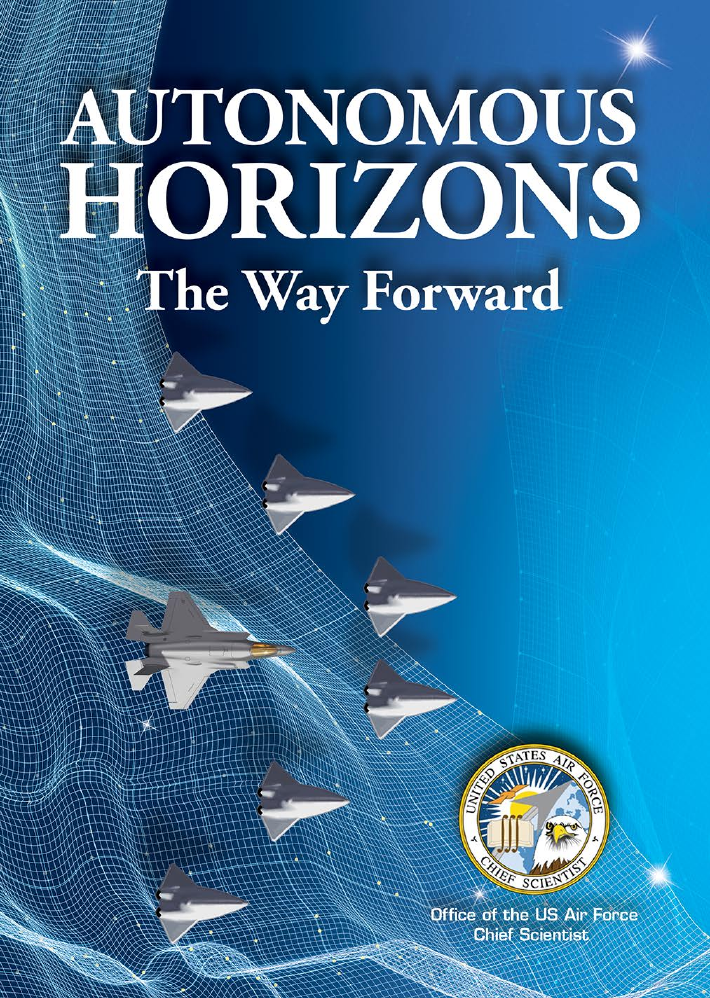
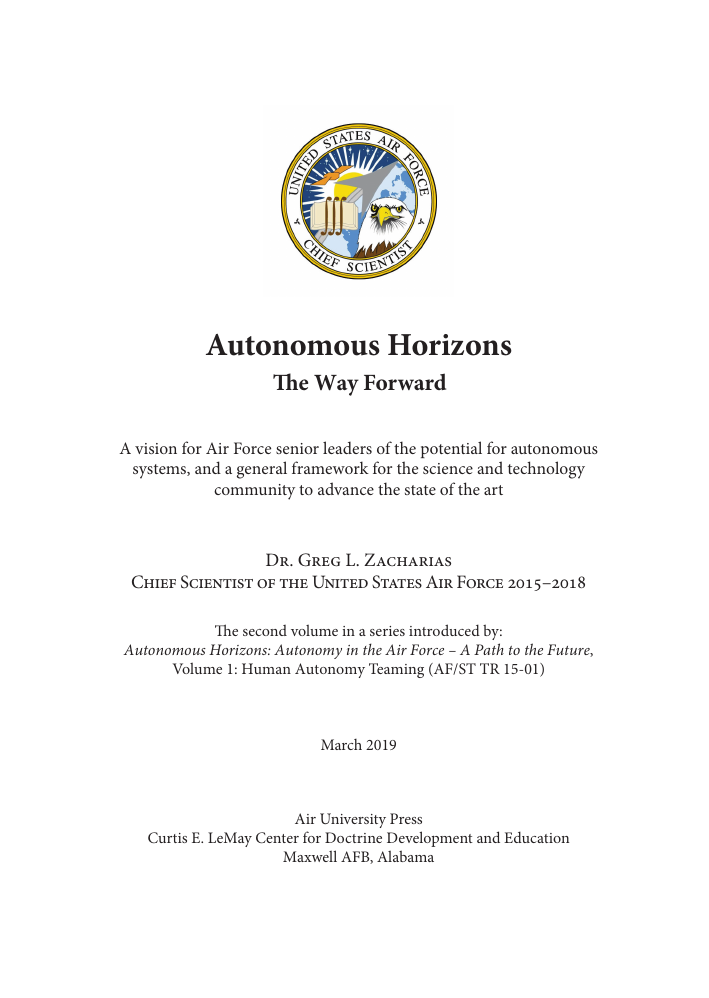

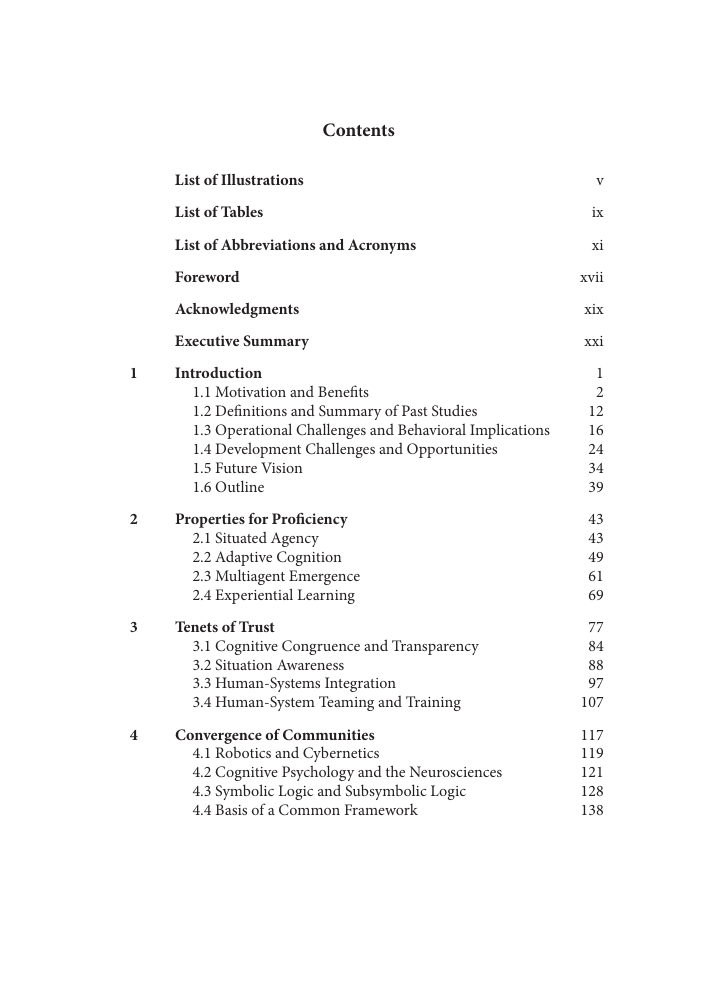
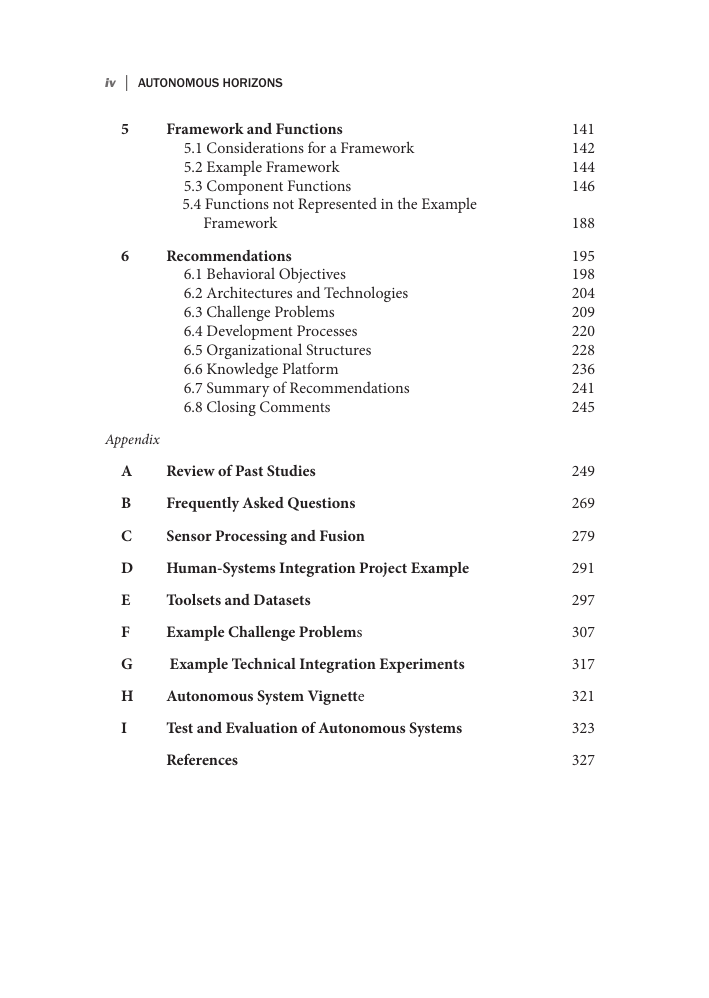
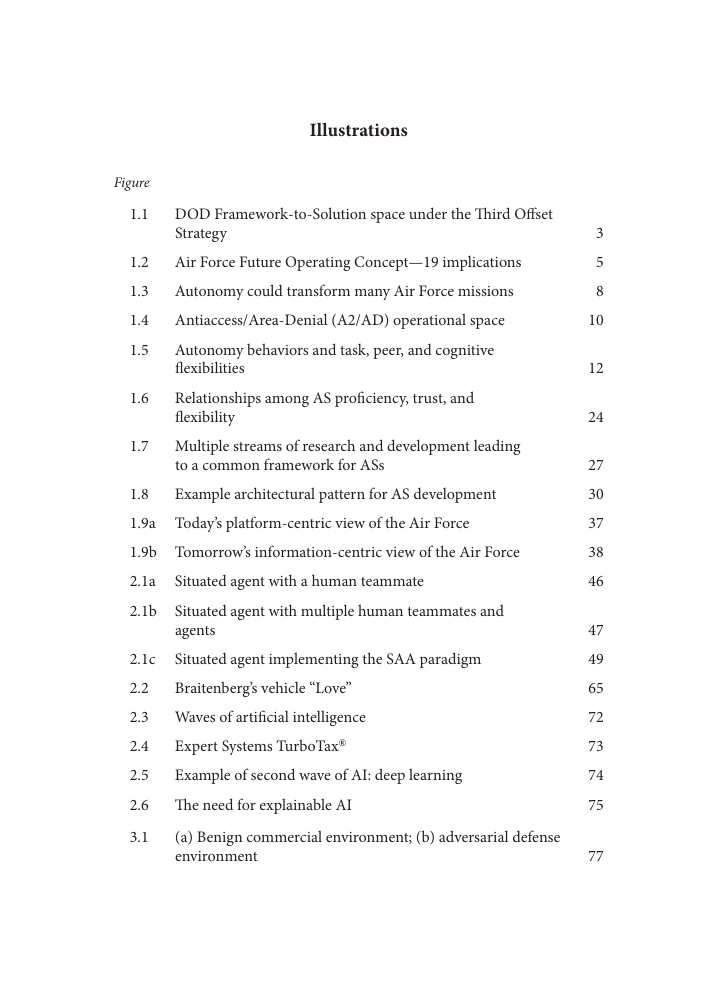










 2023年江西萍乡中考道德与法治真题及答案.doc
2023年江西萍乡中考道德与法治真题及答案.doc 2012年重庆南川中考生物真题及答案.doc
2012年重庆南川中考生物真题及答案.doc 2013年江西师范大学地理学综合及文艺理论基础考研真题.doc
2013年江西师范大学地理学综合及文艺理论基础考研真题.doc 2020年四川甘孜小升初语文真题及答案I卷.doc
2020年四川甘孜小升初语文真题及答案I卷.doc 2020年注册岩土工程师专业基础考试真题及答案.doc
2020年注册岩土工程师专业基础考试真题及答案.doc 2023-2024学年福建省厦门市九年级上学期数学月考试题及答案.doc
2023-2024学年福建省厦门市九年级上学期数学月考试题及答案.doc 2021-2022学年辽宁省沈阳市大东区九年级上学期语文期末试题及答案.doc
2021-2022学年辽宁省沈阳市大东区九年级上学期语文期末试题及答案.doc 2022-2023学年北京东城区初三第一学期物理期末试卷及答案.doc
2022-2023学年北京东城区初三第一学期物理期末试卷及答案.doc 2018上半年江西教师资格初中地理学科知识与教学能力真题及答案.doc
2018上半年江西教师资格初中地理学科知识与教学能力真题及答案.doc 2012年河北国家公务员申论考试真题及答案-省级.doc
2012年河北国家公务员申论考试真题及答案-省级.doc 2020-2021学年江苏省扬州市江都区邵樊片九年级上学期数学第一次质量检测试题及答案.doc
2020-2021学年江苏省扬州市江都区邵樊片九年级上学期数学第一次质量检测试题及答案.doc 2022下半年黑龙江教师资格证中学综合素质真题及答案.doc
2022下半年黑龙江教师资格证中学综合素质真题及答案.doc